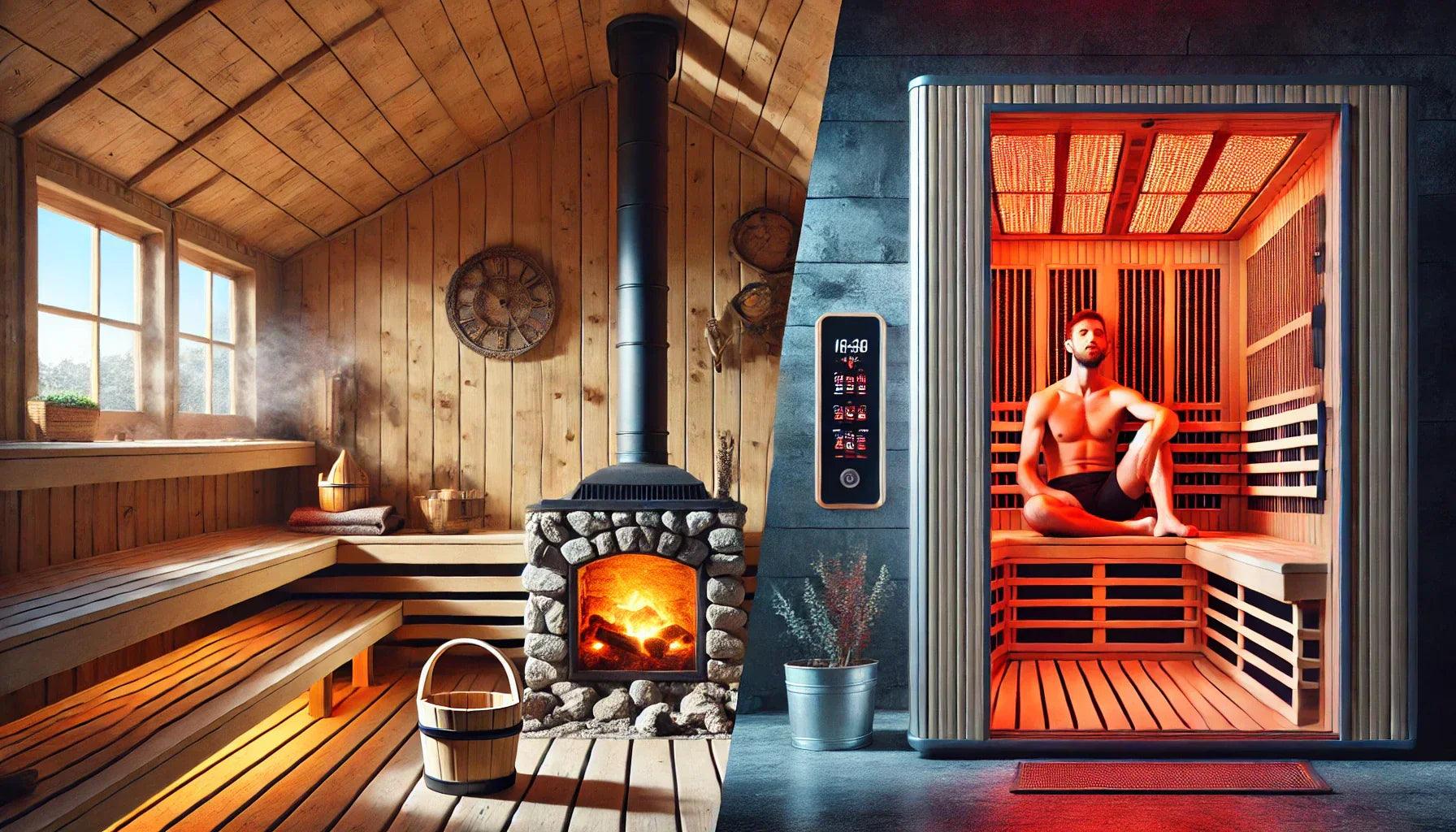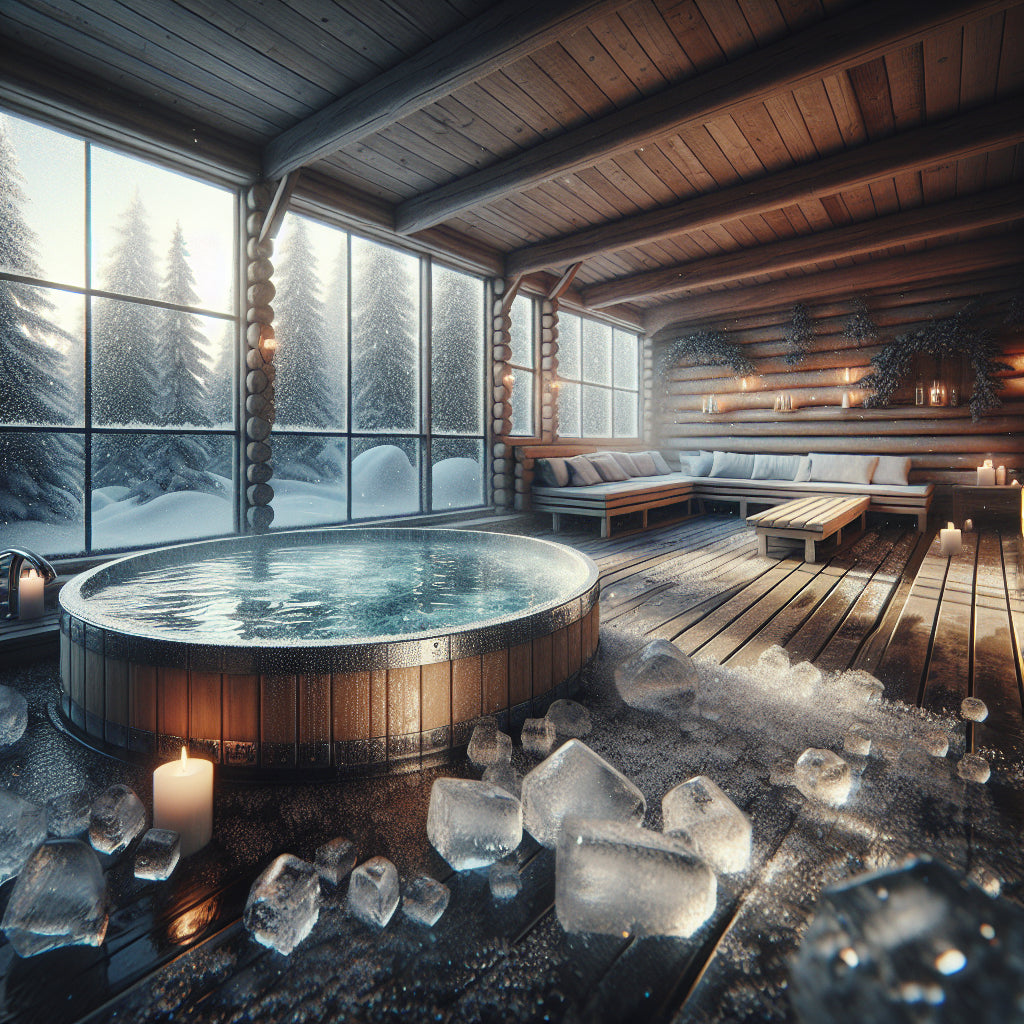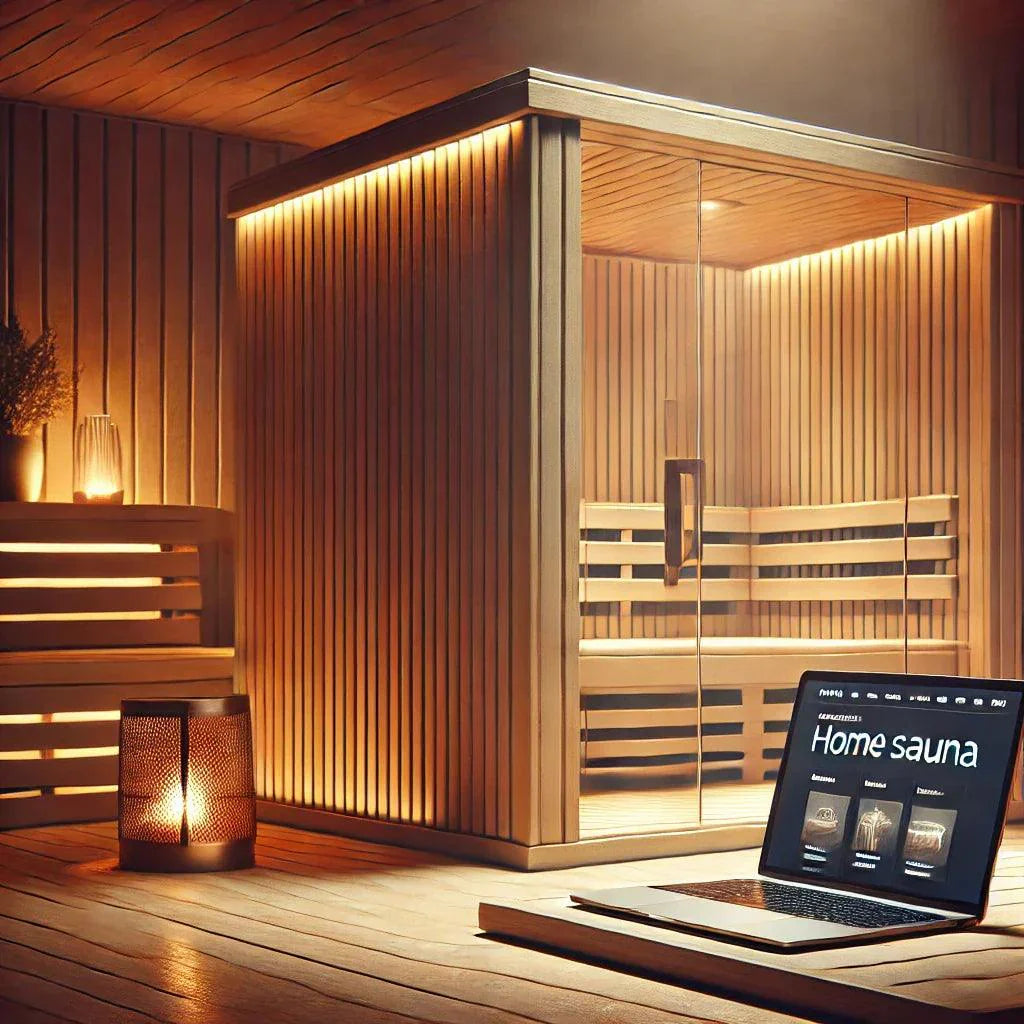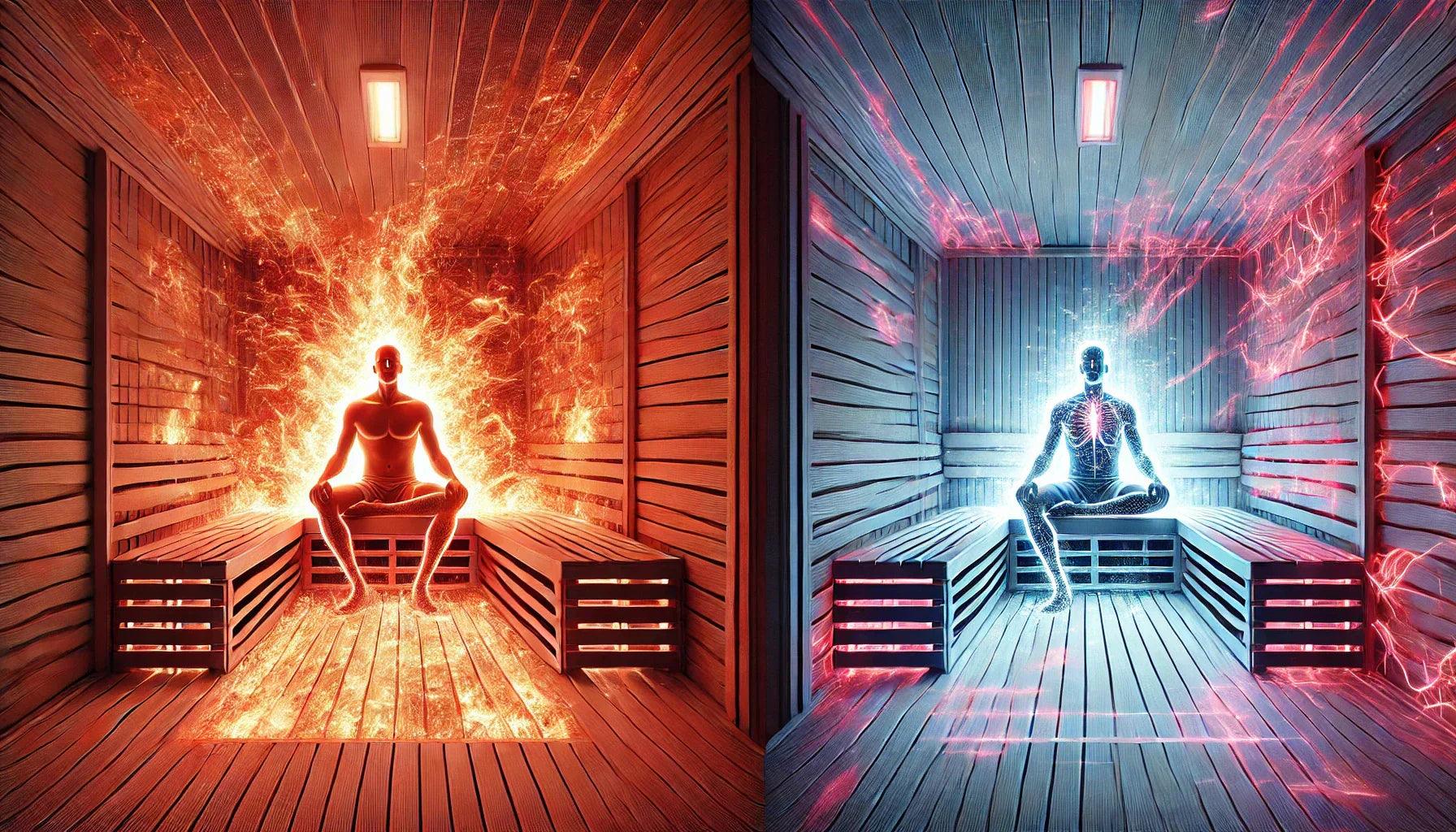Quick Dive into the Two Sauna Types
Saunas have been used for centuries to promote relaxation, detoxification, and overall well-being. Today, two main types dominate the market. While both offer significant health benefits, they differ in heating technology, user experience, energy efficiency, and potential wellness advantages.
If you're considering investing in a sauna, understanding these differences will help you choose the right one for your needs. This guide breaks down everything you need to know about sauna types to make an informed decision.
1. How They Work: The Science Behind Each Sauna Type
Traditional Sauna (Heated Air Sauna)
A traditional sauna—often called a Finnish sauna—uses either a wood-burning stove, electric heater, or gas heater to heat the air inside an enclosed space. The heated air then warms your body, inducing sweating and increasing core temperature.
-
Temperature Range: 150°F – 195°F
-
Humidity Control: Adjustable using water poured over hot sauna stones
-
Heat Source: Wood, electric, or gas-powered heating elements
-
Heating Time: 30-45 minutes for full heating
Infrared Sauna (Direct Body Heating)
An infrared sauna uses infrared light waves to penetrate the skin and heat the body directly rather than warming the surrounding air. Infrared radiation gently raises core body temperature, allowing for sweating at lower ambient temperatures.
-
Temperature Range: 120°F – 150°F
-
Humidity Control: No humidity (dry heat only)
-
Heat Source: Infrared light panels (near-infrared, mid-infrared, or far-infrared)
-
Heating Time: 10-15 minutes for full heating
Key Difference:
-
Traditional saunas heat the air, which then heats your body.
-
Infrared saunas heat your body directly using infrared light.
2. User Experience: Comfort & Sensory Differences
Traditional Sauna Experience
✔ Higher temperatures create an intense heat that some find relaxing and therapeutic.
✔ You can control humidity by adding steam from sauna stones.
✔ Provides a full-body sweat experience and deep heat sensation.
✖ Some users may find the high heat levels difficult to tolerate.
✖ Longer warm-up time before the sauna is ready to use.
Infrared Sauna Experience
✔ Lower temperature makes it easier to tolerate for longer sessions.
✔ Heat penetrates directly into tissues, promoting deep relaxation.
✔ Requires less energy and heats up faster than traditional saunas.
✖ Lacks the steam and ritualistic elements of a Finnish sauna.
✖ Does not heat the air, which may feel less immersive for some users.
Key Difference:
-
Traditional saunas offer an immersive, high-heat experience with steam.
-
Infrared saunas provide a gentler, deep-penetrating heat.
3. Health Benefits: Infrared vs. Traditional Sauna
Detoxification & Sweating
-
Traditional Sauna: Promotes deep sweating at high temperatures, flushing out toxins through the skin.
-
Infrared Sauna: Penetrates deep into tissues and may enhance detoxification at a cellular level.
Muscle Recovery & Pain Relief
-
Traditional Sauna: Helps relax muscles by improving blood circulation.
-
Infrared Sauna: May be more effective for pain relief, as infrared waves penetrate deeper into muscles and joints.
Cardiovascular Benefits
-
Traditional Sauna: Mimics the effects of mild cardio exercise by increasing heart rate and circulation.
-
Infrared Sauna: Studies suggest infrared therapy can improve vascular function and reduce blood pressure.
Calorie Burn & Metabolism
-
Traditional Sauna: Some studies suggest that the extreme heat can lead to caloric burn similar to light exercise.
-
Infrared Sauna: Increases metabolism by stimulating brown fat activation.
Mental Health & Stress Reduction
Both types of saunas reduce stress, promote relaxation, and boost endorphins, though traditional saunas provide a more ritualistic experience.
Key Difference:
-
Traditional saunas provide a full-body heat shock response.
-
Infrared saunas may offer deeper muscle penetration for recovery.
4. Installation & Space Requirements
Traditional Sauna
-
Requires dedicated space with proper ventilation.
-
Needs a stove or electric heater and proper insulation.
-
More expensive to install due to heat retention requirements.
Infrared Sauna
-
Compact and portable options available.
-
Plugs into a standard 110V outlet (no special wiring required).
-
Easier installation with less structural modification needed.
Key Difference:
-
Traditional saunas require more space, ventilation, and infrastructure.
-
Infrared saunas are easier to install, often plug-and-play.
5. Energy Efficiency & Operating Costs
Traditional Sauna
-
Higher energy consumption (6 kW to 9 kW per session).
-
Longer warm-up time increases electricity use.
-
Wood-burning models require ongoing fuel.
Infrared Sauna
-
More energy-efficient (1.5 kW to 3 kW per session).
-
Lower operational costs due to reduced heating time.
Key Difference:
-
Infrared saunas cost less to run and consume less energy.
-
Traditional saunas require more energy to maintain high heat.
6. Who Should Choose Which Sauna?
Choose a Traditional Sauna If:
✔ You want an authentic, high-heat sauna experience. ✔ You enjoy steam and humidity control. ✔ You don’t mind longer heat-up times and higher energy costs. ✔ You have the space for installation and proper ventilation.
Choose an Infrared Sauna If:
✔ You want a gentler, more tolerable heat experience. ✔ You prefer lower operational costs and energy efficiency. ✔ You have limited space or need a portable option. ✔ You are focused on deep tissue relief and muscle recovery.
Want to Be Sure? Take Our Quiz
If you're still unsure whether an infrared vs traditional sauna quiz. is best for you, we’ve got you covered! Take our quick and easy sauna quiz to help determine which type of sauna aligns with your preferences and wellness goals. Simply answer a few questions, and you’ll receive personalized results instantly—no email address or personal data required. Your privacy is important to us, so rest assured that no data is collected or stored. Get started now and find the perfect sauna for your needs!










Leave a comment
This site is protected by hCaptcha and the hCaptcha Privacy Policy and Terms of Service apply.